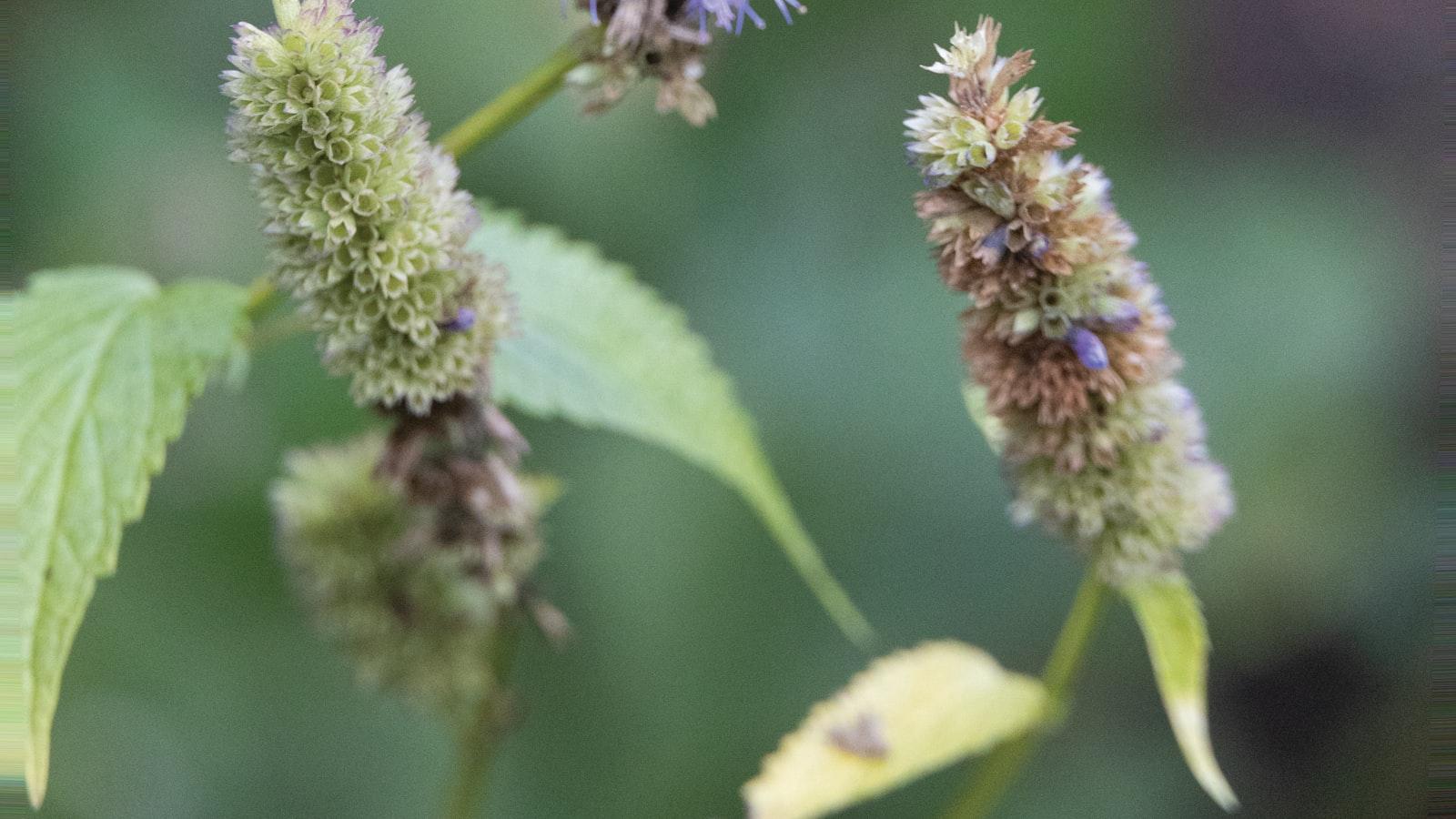Step back in time with me as we explore the miraculous remedies of a medieval monk! In a world where deadly diseases like the sweating sickness and bubonic plague lurked at every corner, herbs were the key to survival. Join me as we delve into the ancient Greek idea of using hyssop to cure an excess of phlegm, and discover how medieval medicine was based on the delicate balance of four humours in the body. Let’s unwind the secrets of the past and uncover the fascinating world of herbal remedies in Tudor England. Grab a cup of honey and let’s embark on this journey together!
<img class=”zimage_class” src=”https://mycannabis.art/storage/2024/05/4498db4d1b.jpg” alt=”- The Healing Properties of Hyssop in Medieval Medicine
- Understanding the Theory of the Four Humours in Tudor England
- Herbal Remedies for Restoring Balance and Wellness in the Body”>
<img class=”zimage_class” src=”https://mycannabis.art/storage/2024/05/626a4c05da.jpg” alt=”- The Healing Properties of Hyssop in Medieval Medicine
- Understanding the Theory of the Four Humours in Tudor England
- Herbal Remedies for Restoring Balance and Wellness in the Body”>
In medieval medicine, hyssop was highly valued for its healing properties, particularly in Tudor England where the threat of fatal diseases like the sweating sickness and bubonic plague loomed large. According to the ancient Greek theory of the four humours, hyssop was believed to be effective in treating conditions caused by an excess of phlegm. This versatile herb was often used in remedies to restore balance and wellness in the body.rnrnDuring this time, the average life expectancy was just 35 years, so herbal treatments like hyssop-infused honey were heavily relied upon for maintaining health. In Tudor England, medicinal practices were rooted in the theory of the four humours, which emphasized the importance of balancing the four bodily liquids – blood, phlegm, black bile, and yellow bile. Hyssop, with its ability to counteract and balance diseases related to these humours, was a key ingredient in many herbal remedies.rnrn rn
rn rnThe use of hyssop in medieval medicine highlights the deep understanding and reliance on herbal remedies for restoring health and well-being in a time when fatal diseases were rampant. By harnessing the healing properties of hyssop and other herbs, individuals sought to restore harmony and balance within the body, aligning with the principles of the four humours theory. As we explore the herbal remedies of the past, we gain insight into the intricate ways in which our ancestors pursued wellness and healing through the power of nature.
rnThe use of hyssop in medieval medicine highlights the deep understanding and reliance on herbal remedies for restoring health and well-being in a time when fatal diseases were rampant. By harnessing the healing properties of hyssop and other herbs, individuals sought to restore harmony and balance within the body, aligning with the principles of the four humours theory. As we explore the herbal remedies of the past, we gain insight into the intricate ways in which our ancestors pursued wellness and healing through the power of nature.To Conclude
As we reflect on the miraculous remedies used by medieval monks to combat illnesses, we are reminded of the importance of balancing the four humours in our bodies. Hyssop, a common herb used in Tudor England, was believed to possess the power to restore harmony and counteract diseases caused by imbalances in the body.
In a world where the threat of fatal diseases such as the sweating sickness and the bubonic plague loomed large, medieval medicine offered a glimmer of hope through the use of natural remedies like hyssop. By understanding the principles of the four humours and the power of herbs, monks were able to alleviate suffering and promote well-being among their communities.
As we look back on these ancient practices, let us appreciate the wisdom of our predecessors and continue to seek out natural remedies that can support our health and vitality. May the spirit of healing and balance guide us on our own journeys towards wellness. Thank you for joining us on this fascinating exploration of medieval medicine. Until next time, take care and be well.








































 rn
rn rnThe use of hyssop in medieval medicine highlights the deep understanding and reliance on herbal remedies for restoring health and well-being in a time when fatal diseases were rampant. By harnessing the healing properties of hyssop and other herbs, individuals sought to restore harmony and balance within the body, aligning with the principles of the four humours theory. As we explore the herbal remedies of the past, we gain insight into the intricate ways in which our ancestors pursued wellness and healing through the power of nature.
rnThe use of hyssop in medieval medicine highlights the deep understanding and reliance on herbal remedies for restoring health and well-being in a time when fatal diseases were rampant. By harnessing the healing properties of hyssop and other herbs, individuals sought to restore harmony and balance within the body, aligning with the principles of the four humours theory. As we explore the herbal remedies of the past, we gain insight into the intricate ways in which our ancestors pursued wellness and healing through the power of nature.










